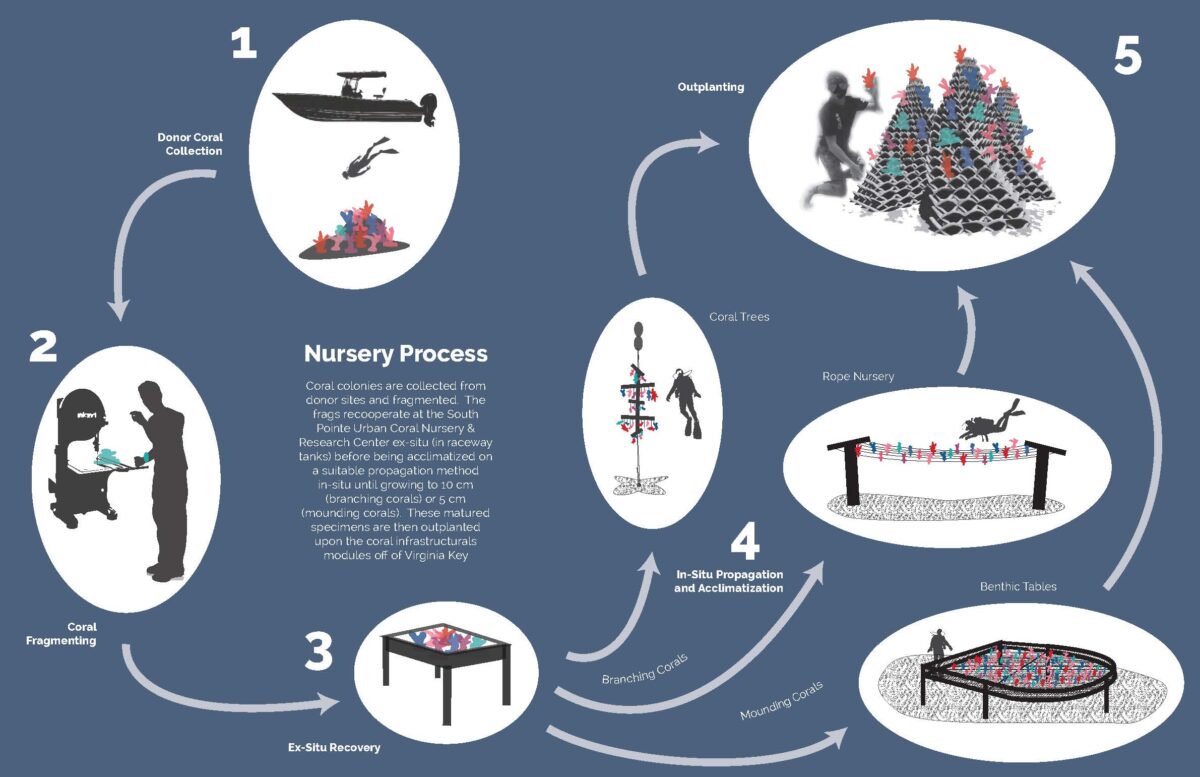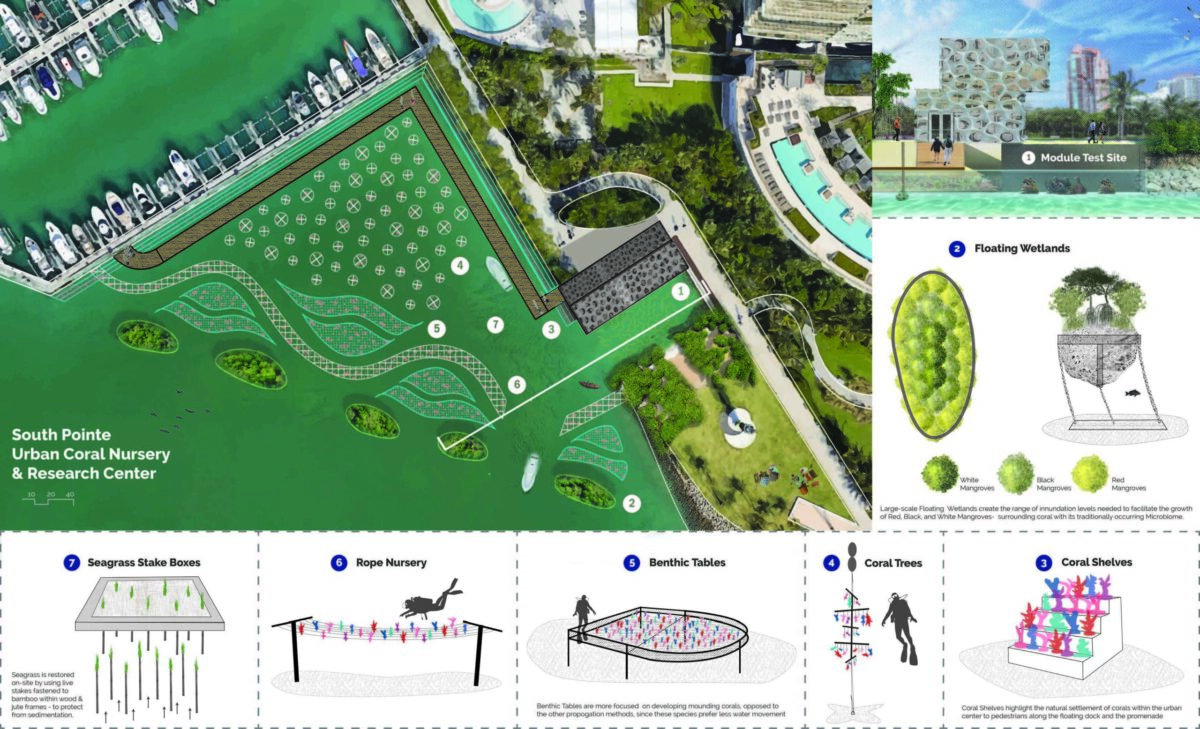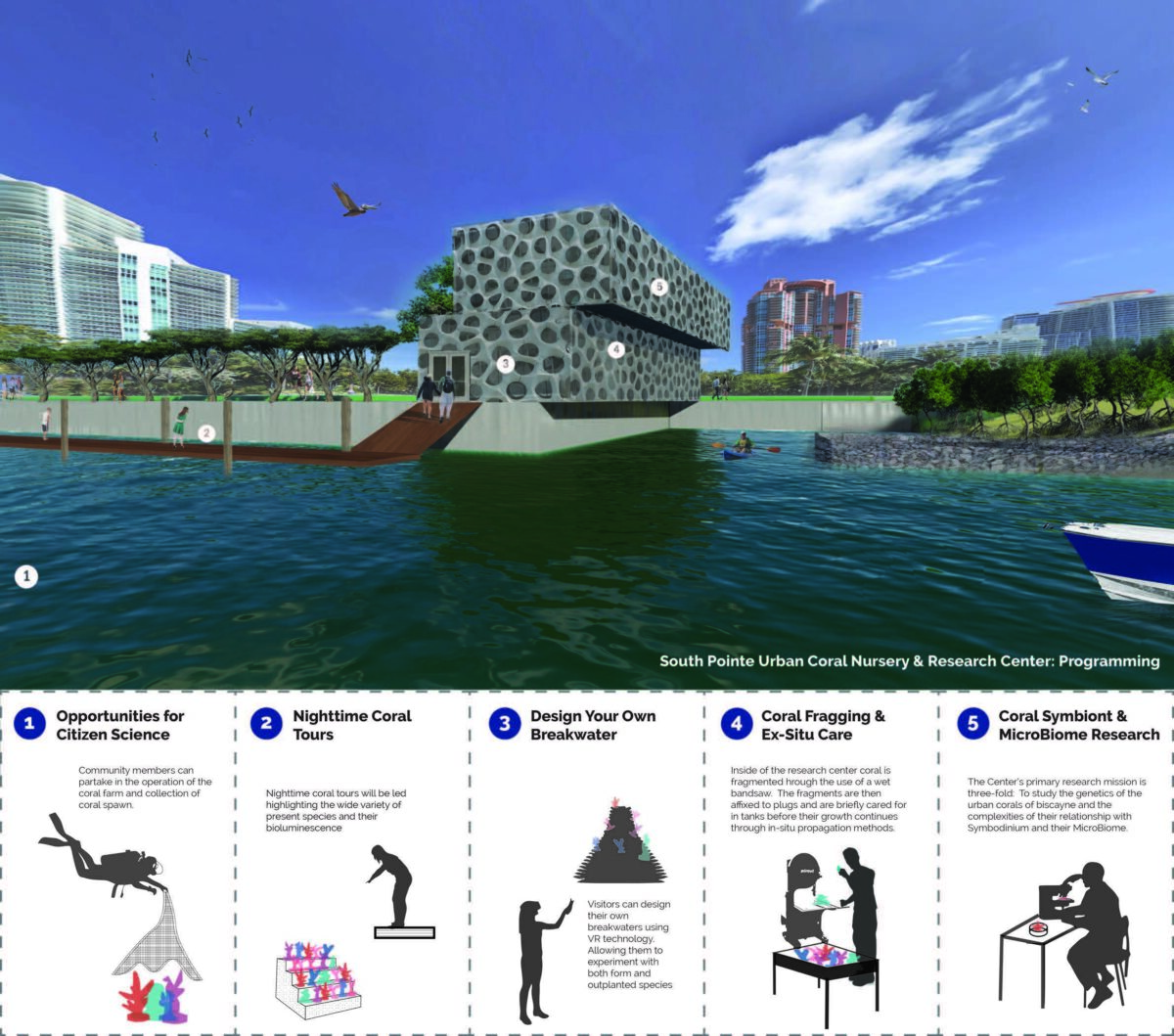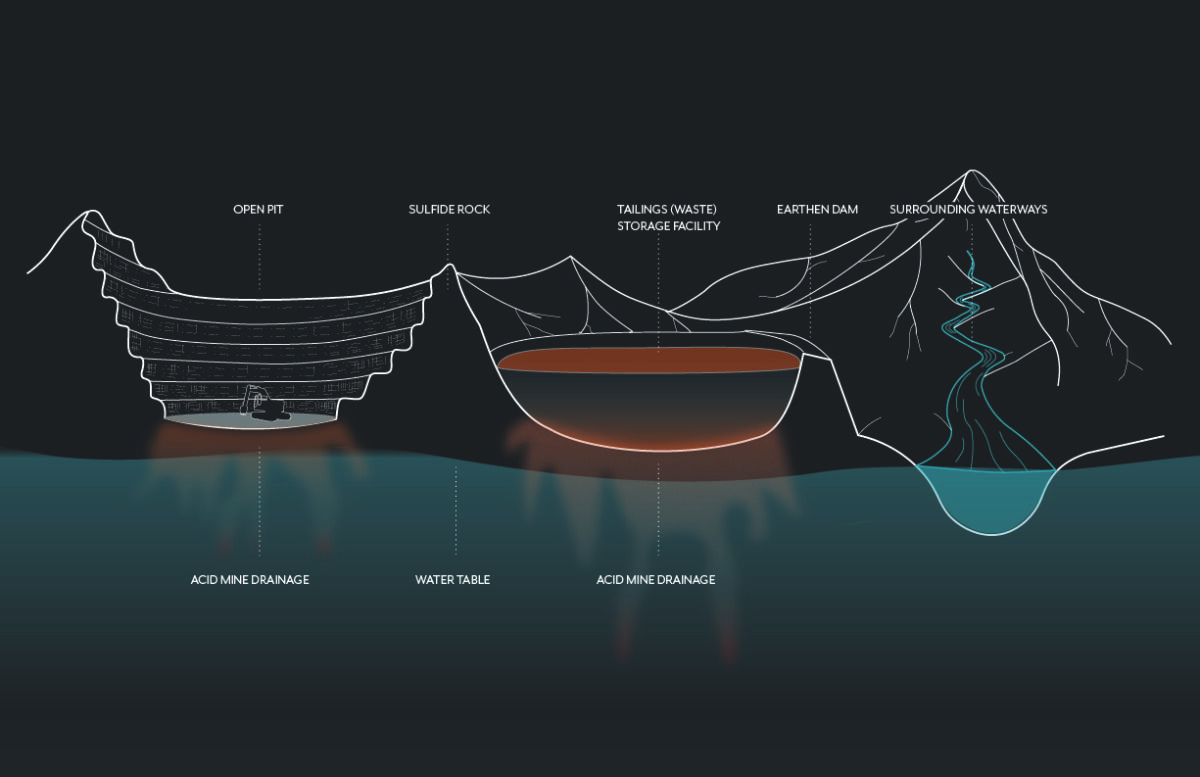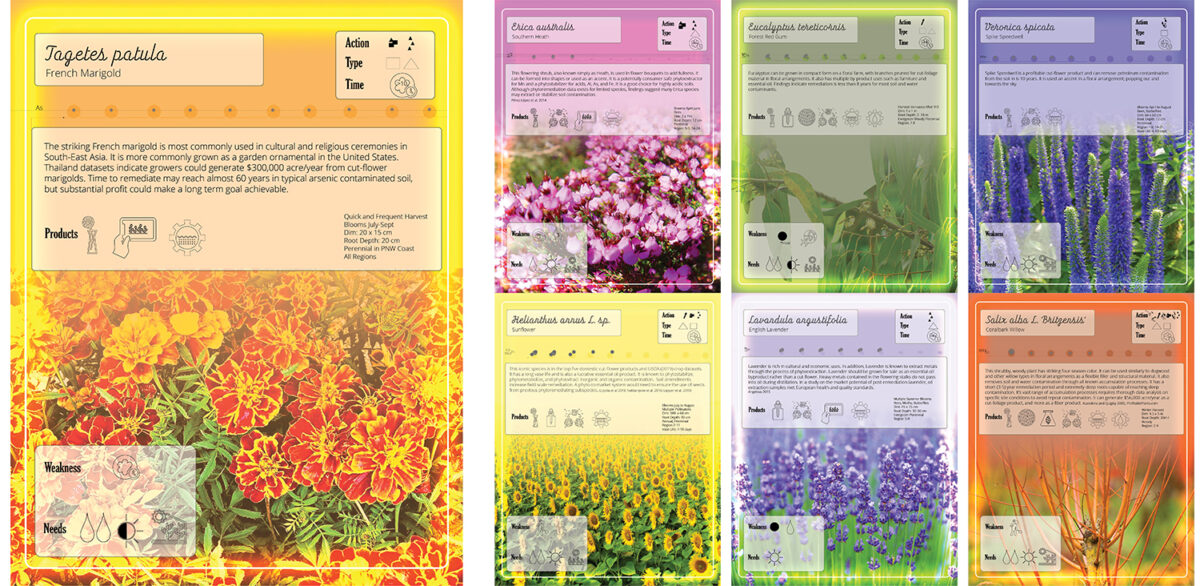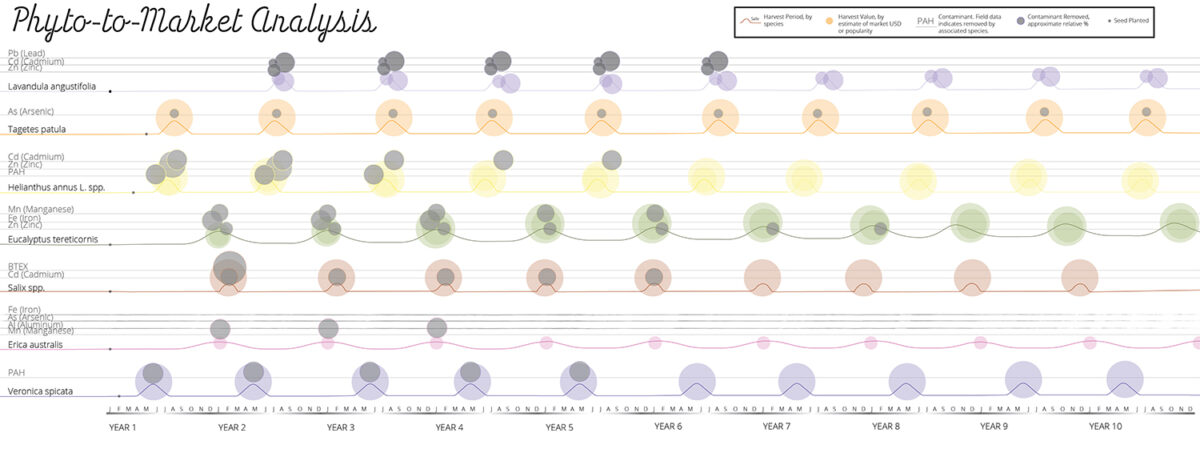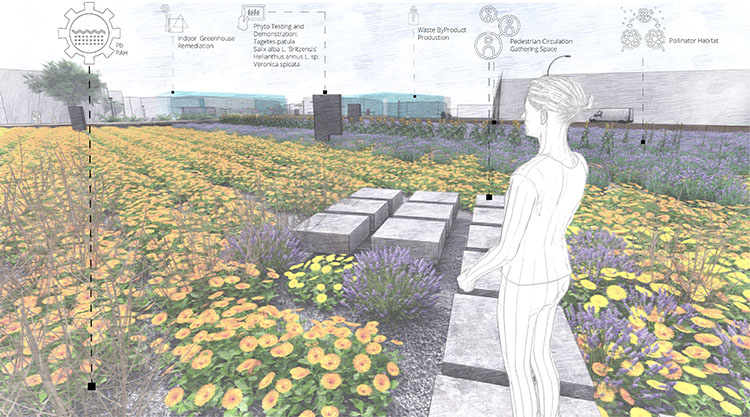Climate projections for 2050 expect Puget Sound regional temperatures will likely increase by 2.9-5.4 degrees Fahrenheit, temperatures more suitable for a mosaic of fire-resilient landscapes such as prairies, grasslands and oak savannas. Through fire, Indigenous people of this region have stewarded these landscapes since time immemorial. But because of settler colonialism and its legacy, these ecocultural landscapes are increasingly disappearing. This thesis argues that landscape designers must decolonize our methods by asking two questions in order to actively engage in prairie revitalization and Tribal co-generation surrounding prairie revitalization. First, how can a decolonizing design framework support the subsequent fire management of prairies in both wildland and urban areas? Second, how can a decolonizing design framework disrupt then deepen landscape architecture to support fire-dependent prairie habitat revitalization within the Pacific West? I propose the Decolonizing Design Framework (DDF) which includes five practices that can potentially integrate within existing landscape design methods (site analysis, conceptual design, participatory design, design-build and landscape management). The five practices are: (1) to honor Tribal sovereignty, 2) to respect the personhoods of biotic and abiotic life that exist on any given site, 3) to co-generate with a Tribe on shared climate adaptation goals, 4) to center long-term care of the land, and 5) to value multispecies epistemologies. I then implement and analyze the DDF in two case studies, the Camas Monitoring Project on the University of Washington – Seattle campus and the UW-Karuk Klamath Project, and present the findings through an autoethnographic method.
Advisor: Ken Yocom
Design with Diploria: Coral Infrastructure for a New Coastal Future
Learn about Matt’s work at mattgrosser.design.
Pier Pressure: Addressing Ecological Opportunities of Nearshore Infrastructure in Lake Washington’s Union Bay
This results in a much bigger ecological problem: the erasure of the critical nearshore habitat that supports all life in the lake. What innovations in nearshore infrastructure design can provide multifunctional benefits for people and the environment?
This design thesis considers the existing conditions of five representative zones along the University of Washington’s waterfront. Insights from restoration ecologists, engineers, local experts, and trends in aquatic infrastructure inform the design of this urban site. Pier Pressure proposes holistic solutions through a systems approach that enhances built interventions through ecological design.
Voices of Impact: Assessing the Felt Impacts of Open-Pit Gold and Copper Mining in British Columbia
View the project website
A Bouquet of Benefits: Floriculture and Ecosystem Gifts in an Urban Industrial Zone
This landscape architecture design research thesis proposes suitable floral species for a “phyto-to-market system” and an urban floral farm and phytoremediation demonstration garden. This design is situated within an existing industrial “Flower District” network in Seattle’s Georgetown neighborhood. If implemented, it could be a testing bed for phytoremediation, provide a new relationship to bouquets, provide safer routes for pedestrians between the park and bus routes, and provide an opportunity for urban farmers to remediate their soil while making a profit at the local farmers market. I invite you to learn more about my project in this PDF presentation or in the linked two-minute video walk through.
Read more about Elizabeth’s work at ourfutureenvironment.org.
